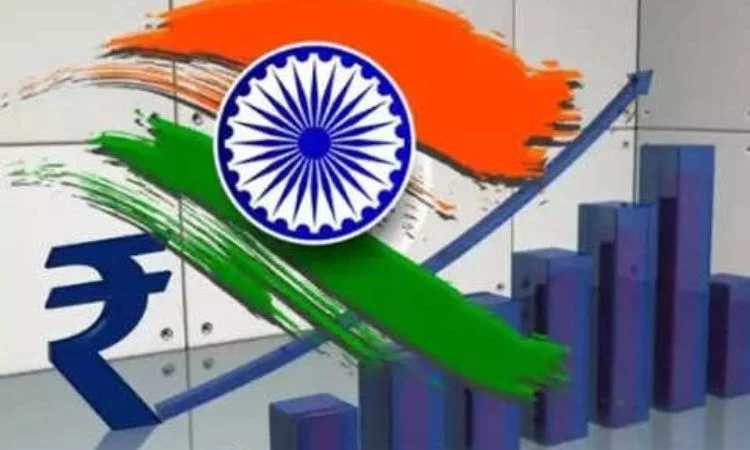As the Figures of Indian stock markets exceed the Thundercracker Rs. Firstly, the 400 trillion mark as an investor, many have considered why such a bull market environment can sustain itself. Admittedly, a great instrument of getting an accurate picture of market valuations is Buffet Indicator. It is done by dividing the whole market value of all the publicly traded companies by the country’s GDP. Let us take a closer look at the implication these signals have for the Indian equitys trend.

First and most importantly, a buffet indicator overview is the thing that should be examined. Warner ratio, which was endowed in the name of popular investor Warren Buffett, is a ratio of the total valuation of stocks, listed on the stock exchange, in comparison to the overall expected GDP of that country in a given financial year. In this case, when the ratio is higher than 100%, it is expressed as a sign that markets are saturated, and the given GDP growth of a country can’t sustain the existing level of stock markets. This currently has been fixed at 133% which is known as the debt-to-GDP ratio for the country. The data has been taken from the latest report.
Initially, the reading about the mental hurdle over 100% may seem dreadful that the market has been engaged in short-term speculation. However, on the contrary, sight at a distance shows a greater scenario. Firstly, the country’s default is not the most implausible one. A year ago, in the midst of the earlier bull market, the indicator had already reached 1,46 sensitivity points as it approached the maximum level this year. Further, the importance of this fact is underlined by the fact that India is is not practically undervalued as compared to other major economies.
Beyond ratios, there are valid domestic drivers supporting the ongoing rally. Strong macroeconomic fundamentals such as healthy GDP expansion, softening inflation, fiscal prudence and ample foreign reserves are bolstering investor confidence. On the micro front, corporate earnings have largely surpassed estimates in the recent quarters. Additionally, foreign capital flows into Indian equities remain robust compared to other emerging markets.
Rather than relying solely on a single data point, experts advise taking a holistic view of the multiple micro and macro factors simultaneously powering the stock markets. As long as corporate earnings growth trajectory remains intact, and the economic recovery continues post the pandemic, valuations can remain at elevated levels from a long-term perspective. History also suggests that any interim corrections have opened up attractive buying opportunities.
In summary, while near-term frothiness cannot be dismissed given the prolonged rally, the Buffett Indicator in isolation is not signaling an imminent crash. Adopting a balanced approach by factoring in company-specific strengths and the positive structural investment themes underway appears most prudent. Investors can consider using any interim dips to accumulate quality stocks with robust earnings visibility and competitive advantages.















